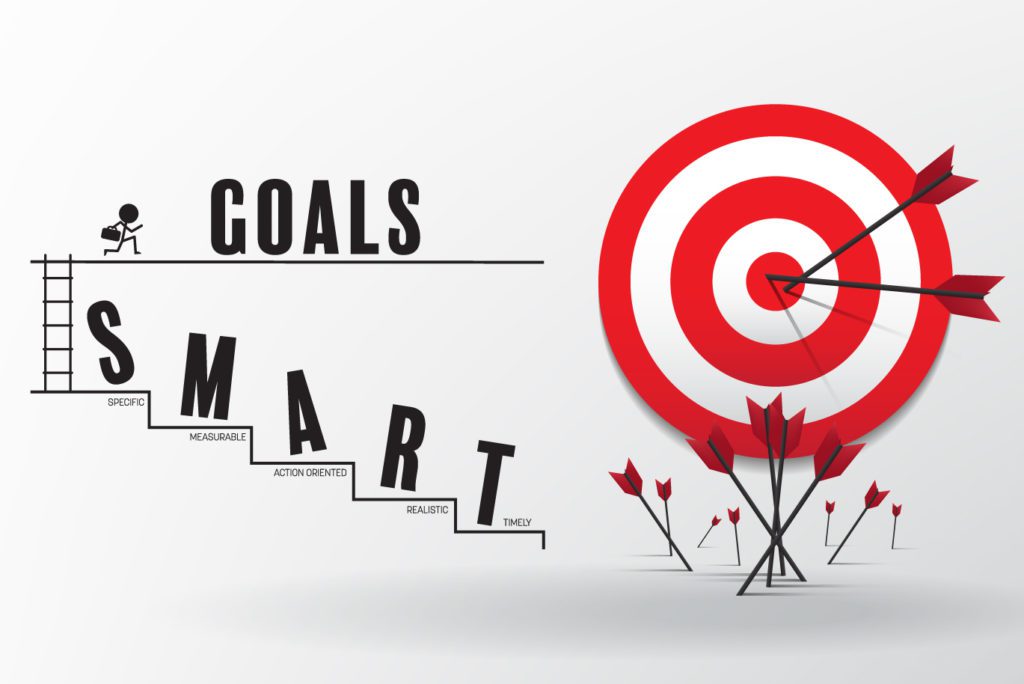Learning goals are planned to achieve the desired area of a particular course, which generally determines the student’s knowledge, skill, and capacity to achieve the objective. When we try to understand learning goals, we can define them as the focus of the teacher or student in what they are teaching or learning and aiming to a point where they want to reach through the learning journey.
Learning goals for students also ensures that the most significant things are assessed and skillfully designed to meet the student’s intent. Nowadays, it is more important in online classes to create a target regarding learning.

Types of Learning Goals
There are infinite possibilities for learning goals in many sectors. However, educational plans can be divided into four broad categories:
Short Term Goals
Short-term goals are realistic, reachable, and give tangible results allowing the learners to experience the fruits of their results. Short-term goals are milestones that provide instant gratification and further pave toward long-term goals.
Long Term Goals
Long-term goals are tougher to achieve and have many complexities. They are developed by following many short-term goals or small steps. By completing one degree after another, one can achieve long-term aspirations. However, it takes more time or a fixed time and has to cross more hurdles to achieve the aim.
Knowledge or skill-related goals are often tailored towards a specific position or knowledge level. Even they are more detailed than the long-term goals. The knowledge-based learning goals depend upon the expert area of the subject of an individual. A precise goal is created in the educational field to make it easy for the
Behavioral goals
The behavioral goal is probably the least mentioned skill set for learning purposes. It promotes a productive and pleasant work environment in the classroom to inspire better work or study habits. It also fosters positive perspectives and focused interactions. Finally, behavioral goals develop effective coping strategies to adjust and succeed in an energetic and stressful environment.
Suggested – 8 Tips For Launching Online Learning Communities For Teachers
What are the primary e-Learning Goals?
E-learning has shifted the view of traditional face-to-face learning with the advancement of technology. There are some of the significant goals of e-learning education as follows:
- Improve the grade of learning and teaching qualities
- Meet the learning technique and necessities of the students
- Improves the efficiency and effectiveness of the classroom management
- Improves user accessibility and time flexibility to engage students in the learning process
How to Set Effective e-learning Goals
Definition of learning goals is not limited to offline schools; it is similarly crucial in e-learning. The critical success of effective e-learning is to set the right goal for great results.
To know how to create a learning goal, teachers can follow a simple technique that will give a more accurate view of e-learning goals:
S.M.A.R.T Strategy
In the current years, one of the popular methods of setting learning goals is the benefit of the S.M.A.R.T technique. The complete form of S.M.A.R.T is Specific, Measurable, Attainable, Realistic, and Time-Based. It is a simple and effective way that leads to success through collaboration. There are many variations of this technique here, and we will talk about the most common and established forms:
S: Specific
Create a specific learning goal and focus on the primary planned outcome. Then, find our aim and follow the steps to reach the ultimate goal.
M: Measurable
Keep your trusted primary e-learning tools that can be measured easily. To get an accurate measurement, focus on the data’s timing and feedback for further improvement.
A: Attainable
A core thing to remember is that goals should always be achievable. Use standard tools available to avoid conflict if it is a shared goal.
R: Realistic
Be realistic in setting an achievable timeline. It should not be less or more to make the process lengthy. Setting a goal that aligns with the possible input as the proper goal with a realistically challenging timeline helps to attain e-learning circumstances.
T: Time-Based
There is always a learning curve for teachers and students while implementing a new e-learning tool. A proper timeline indicates the path and time of achieving the aim in long-term or short-term goals. Keep sufficient time for revision and changes before the deadlines.
To Sum Up
E-learning is a prevalent technological innovation and a good solution for various education hindrances. Learning goals creates an objective right from the course planning to execution, and therefore, it directly impacts education.
If you have a passion for teaching and wish to expand your online coaching business then Classplus is here to help. Get your own app and reach out to a larger number of students across the country. Classplus gives teachers, educators, and learners a unique opportunity to develop their coaching app and use it in their way. Connect with Classplus now!



